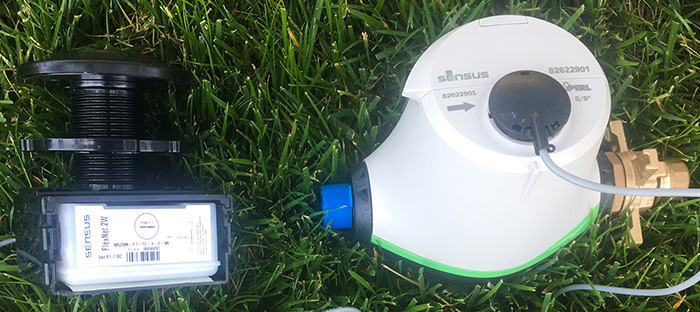Today’s cities and municipalities are focused on providing quality of life for citizens by creating a safe, comfortable environment that drives economic success and community engagement. A key component of that success is the modern infrastructure and technology that promotes community growth while attracting new businesses and residents. But updating existing infrastructure or installing new technology often comes with a hefty price tag many cities can’t afford to take on—not to mention the sometimes overwhelming process of identifying and prioritizing areas of opportunity. Cities across the country face significant challenges in maintaining and optimizing public works, especially in pump systems. Many of these systems are decades old and were not built to withstand the current demand from constituents. Making significant updates usually means raising rates to pay for the improvements, which is typically poorly received by citizens. However, there is a solution to today’s public works infrastructure problem that doesn’t require increasing utility rates on residents, and that can hedge against future increases. Cities can partner with energy service companies to address critical infrastructure priorities in an economically responsible way. Projects under these partnerships use guaranteed utility savings to pay for improvements over longer payback periods. This allows city staff to focus time and resources on other issues and can, in some cases, provide a source of new revenue to support the local community.
Energy Savings
An energy management and automation company recently embarked on infrastructure improvement projects with two cities in Missouri that is expected to drive more than $575,000 in energy and operational savings, as well as maximize revenue streams to further improve city services. The cities of Maryville and Shelbina are undergoing energy savings performance contract (ESPC) projects that encompass a variety of enhanced metering and energy efficiency upgrades. Here, we’ll detail how these projects will transform public works operations through water and energy efficiency..jpg) Image 1. Two Missouri cities installed new monitoring equipment to increase energy efficiency. (Images courtesy of Schneider Electric)
Image 1. Two Missouri cities installed new monitoring equipment to increase energy efficiency. (Images courtesy of Schneider Electric)Updating Aging Controls
In the City of Shelbina, many of the city’s 3,000 utility meters had been in operation for 20 or more years. The city also had an antiquated billing system that required manual meter readings and data entry each month. To address the challenges associated with its aging meter infrastructure and manual processes, the city is replacing or upgrading all of its existing water, electric and natural gas meters and installing a fully integrated automatic meter reading system that will improve data collection and monitoring of individual residential and business energy use. Shelbina also is updating its aging power controls and electrical systems. As part of the project, the city will replace all internal and street lighting with LED fixtures to reduce energy costs and maintenance needs while improving safety for its residents. Image 2. The new equipment includes leak detection improvements and residents are given more data about their water usage.
Image 2. The new equipment includes leak detection improvements and residents are given more data about their water usage.
